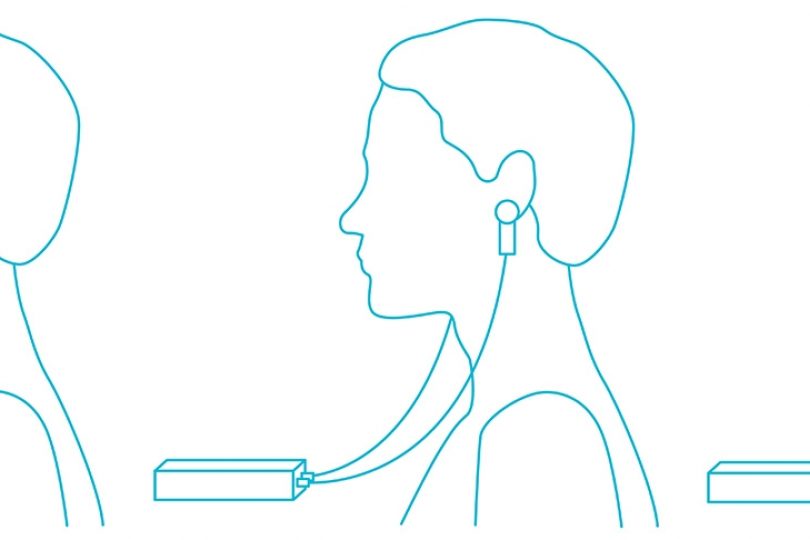
In a recently published article, Hannah Maslen, Roi Cohen Kadosh, Julian Savulescu and I present an argument about the permissible (and not-so-permissible) uses of non-invasive brain stimulation technology in children. We consider both children who may be suffering from a specific neurological disorder, for whom the stimulation is intended as a ‘treatment’, and those who are otherwise healthy, for whom the stimulation is intended as ‘enhancement’. For the full article and citation, see here:
Maslen, H., Earp, B. D., Cohen Kadosh, R., & Savulescu, J. (2014). Brain stimulation for treatment and enhancement in children: An ethical analysis. Frontiers in Human Neuroscience, Vol. 8, Article 953, 1-5.
Although in previous work we have argued that the treatment/enhancement distinction tends to break down in the case of adults, in the case of children, we argue, it may have some normative force. Specifically: “As the intervention moves away from being a treatment toward being an enhancement—and thus toward a more uncertain weighing of the benefits, risks, and costs—considerations of the child’s best interests (as judged by the parents) diminish, and the need to protect the child’s (future) autonomy looms larger.” Of course, we don’t see either “treatment” or “enhancement” as having either a clear definition (in terms of what they pick out), or distinct ethical implications in and of themselves; rather, we see “treatment” as referring to interventions whose benefit-to-harm ratio is comparatively uncontroversial (with the benefits outweighing the harms), while we see “enhancement” as referring to interventions whose benefit-to-harm ratio is more heavily influenced by subjective factors.
One situation in which subjective factors might play a larger role in shaping one’s judgements about benefit vs. harm, is when a proposed intervention is likely to precipitate certain mental or physical trade-offs – i.e., the loss (or diminishment) of one capacity or feature as a means of gaining (or enhancing) another capacity or feature. In the case of non-invasive brain stimulation technologies, there is evidence that just such a trade-off may occur in some instances. To pick one example, due to the cognitive architecture of the human memory system, certain enhancements to, say, long-term memory may come at a direct cost to processes involved in short-term memory. Thus, how one personally values long vs. short-term memory will play a big role in determining how one evaluates the benefit-vs.-harm profile of an intervention into her memory system. As we argue:
Whilst adults are in a position to decide whether effect X is valuable enough (to them) to justify incurring impairment Y, children do not yet have the capacity or the life experience to make such trade-off decisions. They do not know what they will value when they grow up and nor do their parents. Whilst an intervention that improves X may count as an enhancement for the individual who does not care much about Y, another individual, valuing Y over X, will view the very same outcome as an impairment. In such cases—that is, cases in which the very status of an intervention’s being an (overall) enhancement vs. an impairment is controversial—the weight of considerations should shift toward delaying the intervention until the individual who will actually be affected by it has sufficient capacity to decide. The more permanent and substantial the trade-off, the more this argument has force.
For the full argument, along with relevant references, feel free read the entire paper, which is available open access here: http://journal.frontiersin.org/Journal/10.3389/fnhum.2014.00953/full.
For related arguments about diminishment vs. enhancement, see:
Earp, B. D., Sandberg, A., Kahane, G., and Savulescu, J. (2014). When is diminishment a form of enhancement? Rethinking the enhancement debate in biomedical ethics. Frontiers in Systems Neuroscience, Vol. 8, Article 12, 1-8.
- This article was first published on the Practical Ethics blog
This opinion piece reflects the views of the author, and does not necessarily reflect the position of the Oxford Martin School or the University of Oxford. Any errors or omissions are those of the author.